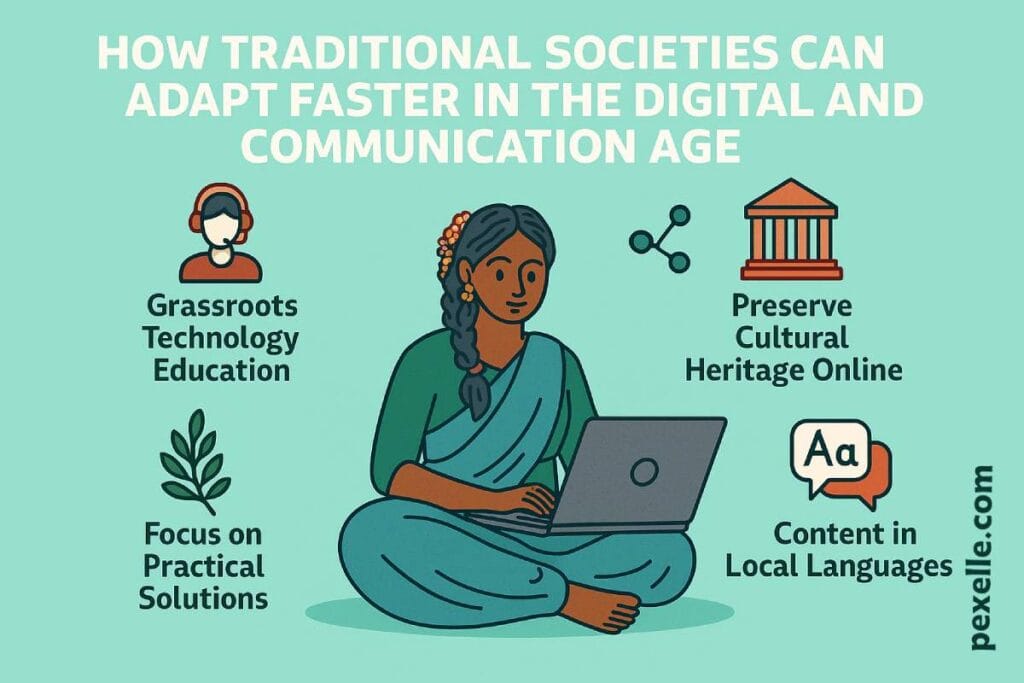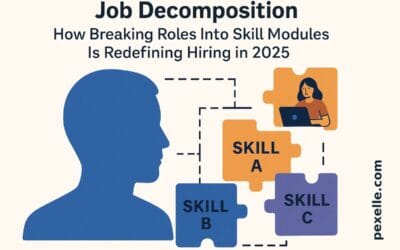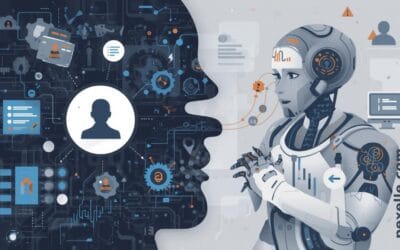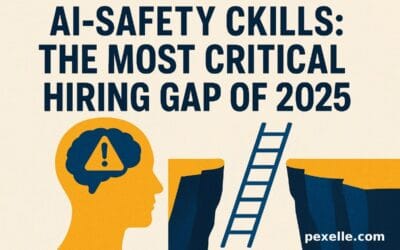How Traditional Societies Can Adapt Faster in the Digital and Communication Age

Introduction: The Challenge of Modernization
In today’s rapidly evolving digital landscape, traditional societies often face a unique dilemma: how to preserve their cultural identity while also adapting to the demands of modern communication technologies. The digital age has accelerated globalization, reshaped economies, and transformed how communities interact. For societies rooted in long-standing customs, this pace of change can feel overwhelming. Yet, adaptation is not only possible—it is essential for survival, competitiveness, and cultural continuity in a connected world.
Embracing Digital Literacy
The first step toward modernization is fostering digital literacy across all age groups. Many traditional societies face barriers such as limited infrastructure, lower levels of education, or resistance to adopting new tools. Governments, NGOs, and community leaders can play a crucial role by providing training programs that focus on basic digital skills, online communication, and cybersecurity awareness. By making digital literacy accessible, societies create a foundation that allows individuals to participate confidently in global markets, digital governance, and social dialogue.
Leveraging Cultural Strengths in the Digital Era
Rather than viewing tradition and technology as opposing forces, traditional societies can blend the two. Digital platforms can be used to preserve cultural heritage, promote local businesses, and showcase art, music, or crafts to international audiences. For example, indigenous groups around the world are using social media to share languages that were at risk of extinction. Similarly, local entrepreneurs can sell traditional products through e-commerce platforms, reaching consumers far beyond their geographic borders. This not only drives economic growth but also strengthens cultural pride in the digital space.
Building Infrastructure and Access
Digital adaptation is impossible without reliable infrastructure. Expanding internet access, affordable devices, and digital services is essential to bridging the gap between traditional communities and modern society. Partnerships between governments and private companies can accelerate the deployment of broadband, mobile networks, and digital banking services. Investment in infrastructure also helps reduce the digital divide, ensuring that rural or marginalized communities are not left behind. By prioritizing access, traditional societies empower individuals to engage with the broader world while retaining local identity.
Encouraging Youth Leadership
Young people are often the bridge between tradition and modernity. In many traditional societies, youth are quick to adopt digital tools but may feel disconnected from cultural practices. By empowering young leaders, societies can channel this enthusiasm into innovative projects that respect cultural values while embracing technology. Youth-driven initiatives, such as coding workshops, online cultural exchanges, and tech-based start-ups, can inspire broader societal change. At the same time, intergenerational dialogue ensures that technological growth remains grounded in local wisdom.
Balancing Tradition and Innovation
Finally, adaptation requires a careful balance. Rapid modernization without regard for cultural heritage risks creating a sense of disconnection and loss. On the other hand, resisting digital transformation can result in economic and social stagnation. The most sustainable path forward is one that integrates tradition with innovation. For example, digital storytelling projects can preserve oral histories, while online governance tools can make decision-making more inclusive and transparent. In this way, societies do not abandon their roots but instead strengthen them through modern means.
Conclusion: A Future of Inclusive Modernization
For traditional societies, the digital and communication age is both a challenge and an opportunity. By investing in digital literacy, infrastructure, youth leadership, and cultural preservation, they can adapt more quickly and effectively. The goal is not to replace traditions but to ensure they thrive in a new context—one where local identity coexists with global connectivity. The societies that succeed will be those that view digital transformation not as a threat, but as a powerful tool for resilience, growth, and cultural renewal.
Source : Medium.com




